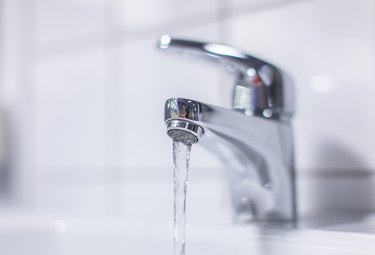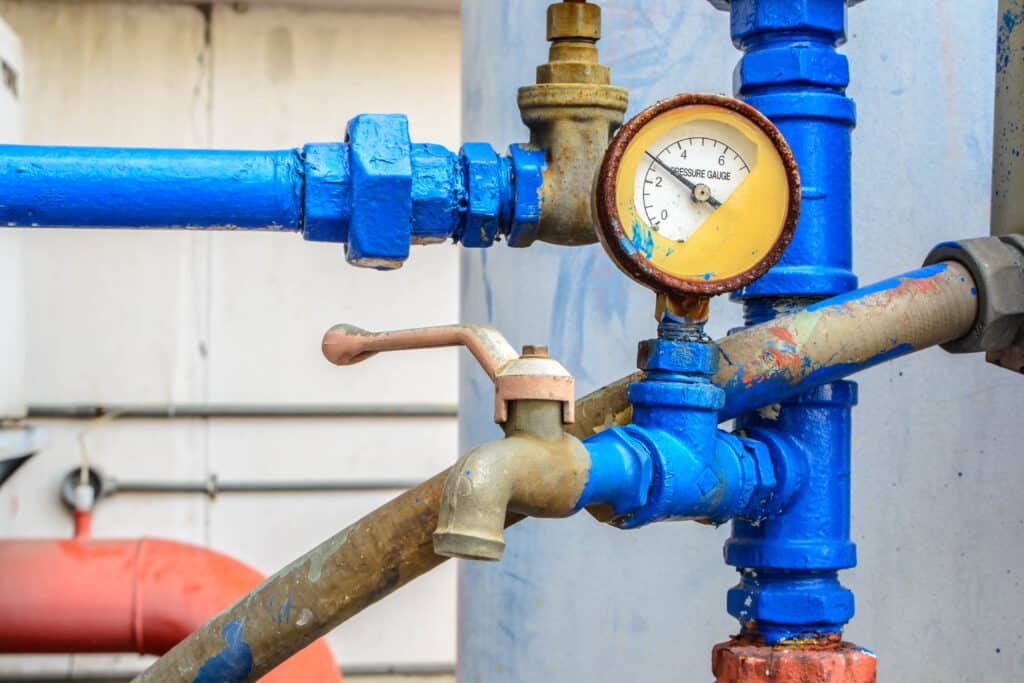What're your insights and beliefs on 10 Reasons for Low Water Pressure in Your House?

Low water stress in your house can be a discouraging trouble, influencing every little thing from showering to cleaning dishes. If you're experiencing weak water circulation, there are several possible reasons and solutions to check out. In this overview, we'll go over usual reasons for low water stress and practical actions to attend to the problem efficiently.
Introduction to Low Tide Stress
Low tide stress occurs when the flow of water from your faucets, showers, and various other fixtures is weak than normal. This can make everyday tasks extra tough and less reliable. Understanding the causes of low water stress is vital to locating the right option.
Typical Sources Of Low Tide Stress
Faulty Pressure Regulators
Stress regulators are in charge of preserving regular water stress in your home. If they malfunction, it can cause low water stress or uneven flow throughout your house.
Community Supply Of Water Issues
Occasionally, the trouble lies outside your home. Municipal water issues, such as main line leaks or upkeep job, can temporarily decrease water pressure in your area.
Pipe Obstructions
Over time, pipes can become obstructed with natural resource, debris, or particles, restricting the circulation of water. This is a common concern in older homes with galvanized steel pipelines.
Corrosion
Rust within pipelines can lead to leaks and lowered water pressure. Rust accumulation can constrict water circulation, particularly in maturing plumbing systems.
How to Detect Low Water Stress
Checking Pipes
Inspect noticeable pipelines for indications of leakages, rust, or clogs. Take notice of any type of unusual audios, such as banging or rattling pipelines, which might show problems within the plumbing system.
Consulting with a Plumber
If you're unable to determine the reason for low tide stress, take into consideration employing a specialist plumber to conduct a comprehensive examination. They can determine underlying concerns and recommend appropriate solutions.
Checking Faucets and Fixtures
Beginning by examining the water stress at various faucets and fixtures throughout your home. If the problem is isolated to specific locations, it might indicate localized troubles.
DIY Solutions to Fix Low Water Stress
Flushing Hot Water Heater
Debris accumulation in the water heater can restrict flow and reduce efficiency. Purging the container occasionally assists eliminate sediment and preserve ideal performance.
Checking Pressure Regulatory Authority
Make certain that the stress regulator is working appropriately. Changing or changing the regulatory authority can assist recover appropriate water stress throughout your home.
Cleaning Up Aerators and Showerheads
Natural resources can build up in aerators and showerheads, reducing water circulation. Get rid of and clean up these elements frequently to boost water pressure.
Cleaning Clogs in Piping
For minor blockages, try making use of a plumbing snake or chemical drain cleaner to clear blockages in pipes. Beware when using chemicals and follow security guidelines.
When to Call a Professional Plumber
If do it yourself initiatives fall short to settle the concern or if you presume significant plumbing troubles, it's best to seek support from a licensed plumber. They have the competence and devices to attend to complex concerns securely and efficiently.
Preventive Measures to Keep Water Pressure
Setting Up a Stress Booster
Consider setting up a stress booster pump to improve water pressure in areas with continually low flow. This can be specifically useful for multi-story homes or residential properties with high-demand components.
Tracking Water Use
Be mindful of water usage routines and stay clear of ill-using the plumbing system. Simple changes, such as astonishing showers and laundry loads, can assist maintain appropriate water pressure.
Normal Maintenance
Schedule regular maintenance for your plumbing system to stop problems such as corrosion, leaks, and obstructions. Attending to minor issues early can aid prevent even more substantial repair services later.
Conclusion
Taking care of low tide pressure can be discouraging, yet identifying the underlying causes and executing proper remedies can restore ideal circulation throughout your home. Whether it's cleansing aerators, evaluating pipes, or seeking advice from a plumber, taking proactive actions can make sure a consistent supply of water for your everyday demands.
FOUR WAYS TO FIX LOW WATER PRESSURE NOW
Turning on a shower or faucet only to find the water comes out in a sad, slow drizzle is never a good feeling. How exactly are you supposed to wash a pan or take a quick shower when it takes 10 minutes just to rinse off a little soap? The good news is that when your water pressure is bad, there's always a cause: typically one that can be easily fixed. Here are some of the most common causes of low pressure and what you can do to fix the issue:
DEBRIS AND MINERAL DEPOSIT BUILDUPS
If you notice low water pressure from just one or two of the fixtures in your house, the problem likely has to do with debris buildup. Water is full of minerals and other debris, all of which can accumulate in your pipes and on your fixtures. This can cause a blockage that affects how much water flows through. To fix this, try filling a small plastic bag with white vinegar, and use a rubber band to hang it around your showerhead or faucet. Let the head of the fixture soak for a few hours, and the vinegar should loosen the deposits.
WATER LEAKS
Leaks are another common cause of low water pressure. If water is flowing out of your plumbing through a hole or crack before it can reach your fixture, the pressure coming out of the faucet or showerhead will be lower. A plumbing professional is your best bet for finding and repairing a leak in your water supply pipes.
Leaks are another common cause of low water pressure. If water is flowing out of your plumbing through a hole or crack before it can reach your fixture, the pressure coming out of the faucet or showerhead will be lower. A plumbing professional is your best bet for finding and repairing a leak in your water supply pipes.
A VALVE ISSUE
If you have low water pressure throughout your home, check your main shut-off valve to make sure it's completely open. You may also want to see if there's a pressure-reducing valve installed. If there is, have a plumber help you adjust the settings to get the pressure you're looking for.
OTHERS USING WATER
Believe it or not, your low water pressure could be caused by your neighbors. If you notice low pressure at certain times of day, it may be because you and the people living next to you have similar schedules - when everyone is showering at the same time, the pressure will be lower in every home. Low pressure throughout the neighborhood may also be caused by an issue with your municipal water supply. If that's the case, call the supplier to see if they're working on the issue.
https://www.rotorooter.com/blog/water-leaking/low-water-pressure-fixes/

We were shown that editorial about Dealing with Low Water Pressure in Your Home from a friend on another site. Sharing is caring. You just don't know, you may be doing someone a favor. Thank you for your time. Revisit us soon.
Set Up An Appointment